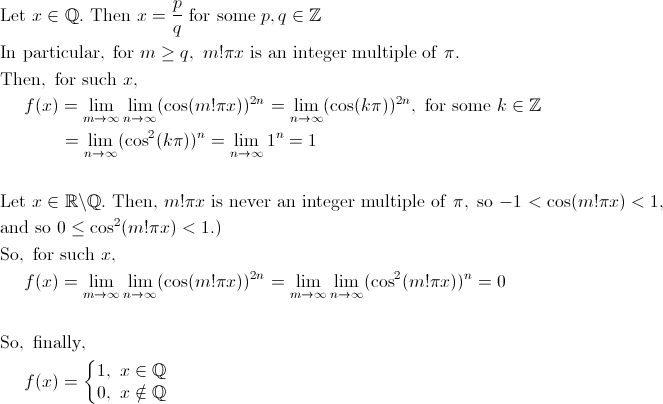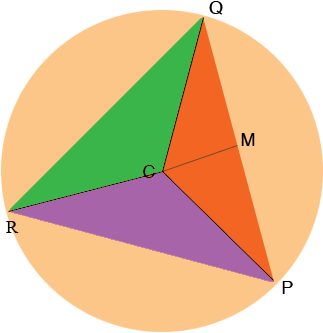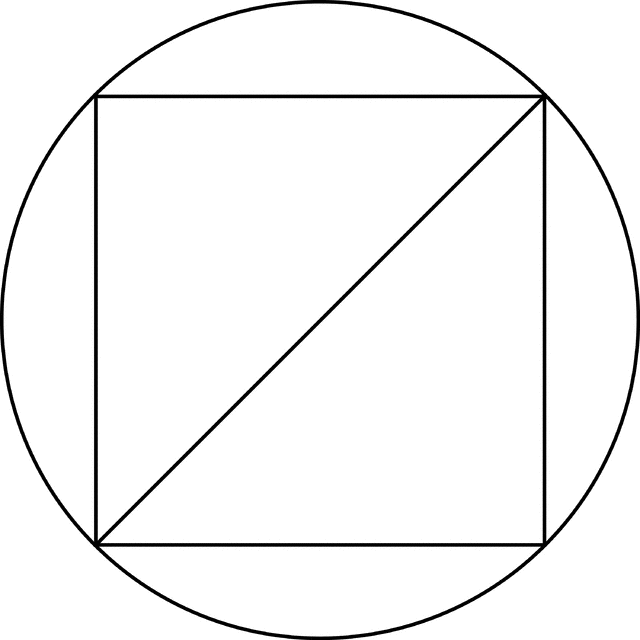- Joined
- Apr 27, 2011
- Messages
- 272
Here is an old problem I liked off a high school math competition I participated in a few years ago. You don't actually need to know very much math at all to solve it.
A piece of software generates random numbers between 0 and 1. It is designed so that for every x between 0 and 1, the probability that it will generate a number smaller than x is three times the probability that it will generate a number smaller than x/4. Moreover, the probability that it will generate a number higher than or equal to x is the same as the probability that it will generate a number smaller than 1 - x. Calculate the probability that this program will generate a number smaller than 1/21.
real no. or integers???





















 Ka-wink
Ka-wink 

